IAB Europe Research Awards 2019 – Coop Agile Marketing Mix Modelling (Annalect)

Annalect
Coop Agile Marketing Mix Modelling
Awards: Advertising Solutions (Winner) and Best Use of Research Budget (Highly Commended)
Project summary
Annalect has developed an agile MMM setup for supermarket retailer Coop in Denmark. Marketing Mix Modelling requires data collection from a wide range of sources, often making the data collection phase more time consuming than the actual statistical modelling phase.
Each month Coop can review complete updates of modelled sales data that is less than two weeks old, with digital media split into nine channels. The setup enables analysis on effects created from different digital executions, i.e. always-on vs campaign bursts or tactical messages vs. branding messages
A process that previously would take 8-10 weeks to complete and would usually only be done once a year on an aggregated level.
The research setup for Coop spans four different retail chains and utilises different digital technologies to create a seamless data flow, updating all data sources continuously. We have created a state-of-the-art modelling setup with high levels of automation in all steps from the data extraction, transformation and loading (ETL process) through the modelling phase to end visualisation.
This solution rests upon us as researchers being able to innovate not only within applied statistics but also within new tech solutions and software development to bring answers faster and more often.
1. Objective(s)
Coop’s objective was to create a dynamic learning environment to optimise campaign execution on a regular trial-and-error basis. Marketing mix modelling was well known to Coop but only provided top level strategic insights once or twice a year, making it difficult to use in the fast-paced retail market, where campaign concepts, digital channels and executions are constantly being changed and experimented with. Faster reaction times were needed to create competitive advantage and the objective was also to gain a more granulated understanding of the many digital channels and opportunities.
2. Methodology
As cloud computing gives us more processing power, new techniques such as machine learning come into play. We use serverless methodologies and auto scaling to spin-up desired number of compute engines.
Modelling of numerous digital channels has meant moving from spread sheet regression analysis to coding in programs such as R.
We use state-of-the-art optimisation techniques to find optimal solutions at a faster pace.
In order to estimate the parameters, we use around 1.000.000 regression calculations every time we optimise a model.
As cloud-engine we use the AWS platform and the optimised computing services like Lambda, EMR, EC2 and AutoScaling.
3. Key results
The base modelling provides the usual vital MMM learnings such as media channel ROI, effects from own media, effects from initiatives such as store openings, seasonal effects and competitor impact.
Furthermore, the detailed media data not only supplies results on channel level – including nine digital channels – but also on creative type, concepts, messages and targeting. All updated on a monthly basis.
This agile approach means more results more frequently. Thus, the setup enables results in many different areas. These results include detailed Facebook analysis on post types, response curves for leaflet circulation and spot length evaluation.
4. Impact and Application
The key point is the sheer volume and usage of results, that is a direct effect of the automated data and modelling process, i.e. the agile setup.
Because the models need to run automatically, data coding is extremely detailed. This also adds a new dimension of detail to campaign results, giving us the opportunity to analyse many different executions e.g. media channel effects on different creative concepts.
Results are published immediately in a user-friendly dashboard, forcing stakeholders to keep up-to-date with results from every campaign. Never have we experienced a client utilising results in this way. Furthermore, results have touched many different client stakeholders. From the social team looking into detailed Facebook activities to top executives eager to find savings in large cost areas such as leaflet production and circulation (leaflets are central to retailers in Denmark).
Already within six months of the release, budgets have been moved to the most efficient channels, creative concepts have been reviewed and campaign timing has been optimised. All based on the results. The overall leaflet strategy has been revised for two of the four chains, with more changes to be made in 2019. Circulation is being cut and budgets are invested in new targeted digital channels.
From a research point-of-view, we have seen the competitive advantage that can be created from faster reaction times and moving results closer to the client. A test-and-learn environment is created because we can get results immediately, adjust and run new tests. This is also changing the data science competencies we need in the future.
CMO at Coop, Pia Niemann, says:
“Day by day, we become better at investing our media money and will be able to deliver increased sales effects with the same investment. Hopefully, this also allows room for media experiments on a more informed basis.”
5. Significance
The detailed coding of digital data has allowed for previously unseen depth. Digital channels are highly specialised and have previously delivered uneven results. Now, not only do we report on nine different digital channels (programmatic, takeovers, social etc.) but within these categories we can differentiate effects created from different execution strategies.
An example is Facebook, where results for the continuous ‘always-on’ tracks can be compared to the one-off campaign posts and again compared to organic versus paid activities.
Decisions based on these insights have increased effects, resulting in digital channels creating three quarters of the growth in media driven sales.
Click here to view research project





